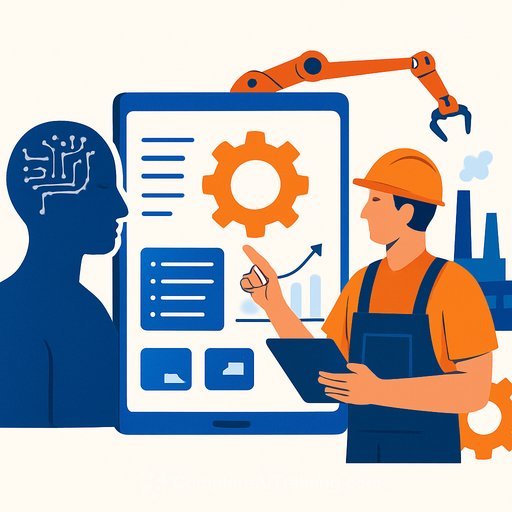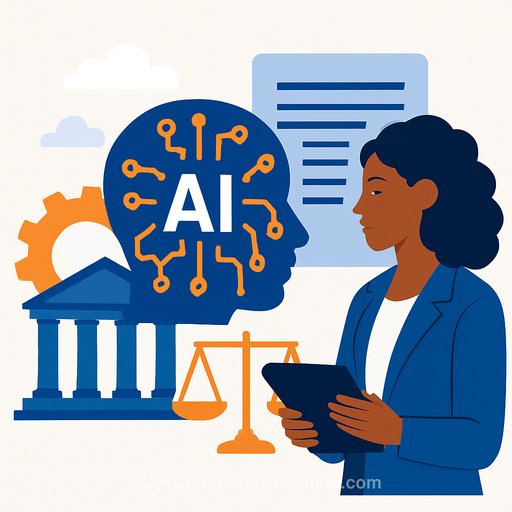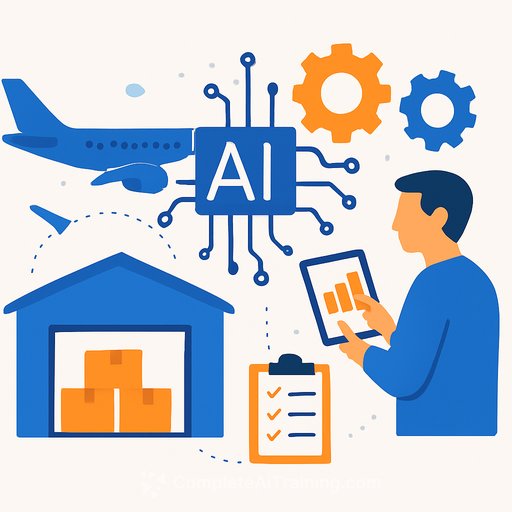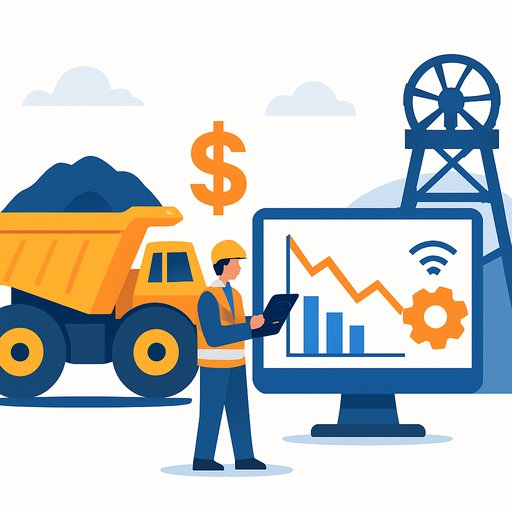Convergence of GenAI and RPA: A Digital Heaven in Supply Chain Optimization
In modern control towers, thousands of automations run every minute-processing POs, forecasting demand, reconciling invoices, and watching inventory everywhere. The next step is clear: combine Generative AI with RPA so decisions and execution live in one loop.
AI researcher Dr. Saurabh Pahune and collaborators at the State University of New York Polytechnic Institute (USA) and the University of Alaska Anchorage (USA) are advancing this shift. Their work shows how GenAI and RPA together move operations from reactive firefighting to predictive, self-correcting flow.
Bridging intelligence and automation
RPA handles rules, SOPs, and scale. GenAI handles ambiguity, unstructured data, and context. "The true transformation occurs when GenAI and RPA operate as one system," Pahune explains. "RPA executes the logic, while GenAI provides the reasoning."
The result: systems that read documents, converse with vendors, and forecast demand in real time-then trigger the next best action without waiting for human intervention.
What operations leaders gain
- 15-30% lower operating costs by removing manual touchpoints and redundant workflows.
- Up to 40% faster order fulfillment and higher shipment accuracy from better demand signals.
- Millions saved annually from optimized inventory, reduced carrying costs, and fewer stockouts.
- Stronger working capital as invoice processing and vendor reconciliation accelerate.
- Typical ROI within 12-18 months.
Where it fits across the supply chain
- Real-time forecasting at item, case, and pallet levels.
- Inventory optimization driven by demand patterns and contextual signals.
- Automated document handling for invoices, vendor contracts, and logistics paperwork.
- Customer communication that adapts to tone, urgency, and context.
- Anomaly and damage detection from images, embedded into fulfillment workflows.
This goes beyond task automation. AI agents learn from outcomes, adapt logic, and refine decisions without constant oversight.
Integration and ethics you must get right
LLMs must operate securely inside RPA frameworks. That means protecting sensitive data, enforcing governance, and making GenAI decisions traceable.
- Data controls: classification, minimization, redaction, and encryption in transit/at rest.
- Access: role-based controls, secrets management, audit logs, and API scoping.
- Decision integrity: human-in-the-loop for material financial or customer-impacting actions.
- Performance: clear evaluation frameworks, drift monitoring, and fallback playbooks.
- Compliance: vendor risk reviews and contract clauses for data use and model behavior.
Useful references: NIST AI Risk Management Framework and OWASP Top 10 for LLM Applications.
90-day rollout plan
- Days 0-30: Assess
Map high-volume SOPs with frequent exceptions (AP, order management, ASN validation). Define guardrails for data and decisions. Select 1-2 use cases with clear baselines. - Days 31-60: Pilot
Pair GenAI with existing bots: document intake, vendor email triage, short-term demand sensing. Add human-in-the-loop approvals. Track accuracy, cycle time, and exception rates. - Days 61-90: Industrialize
Stand up secure middleware, observability, and prompt/version control. Expand to adjacent steps (e.g., PO changes, claims, returns). Lock KPIs, cost model, and governance.
KPIs to keep you honest
- Forecast accuracy (MAPE) and bias.
- Order cycle time and on-time, in-full (OTIF).
- Inventory turns, carrying cost, and stockout rate.
- First-pass yield of GenAI decisions and exception rate.
- Invoice cycle time, DPO/DSO, and reconciliation backlog.
- Model latency, token cost per transaction, and uptime.
What's next
Pahune points to a near future where AI-driven RPA becomes the digital backbone of supply chains-reducing waste, boosting resilience, and producing clear financial gains. "This is more than automation," he notes. "It's the dawn of a self-learning, self-adapting enterprise ecosystem."
If you need to upskill teams fast, explore practical learning paths for automation and GenAI in operations: AI Certification for AI Automation.
Your membership also unlocks:






